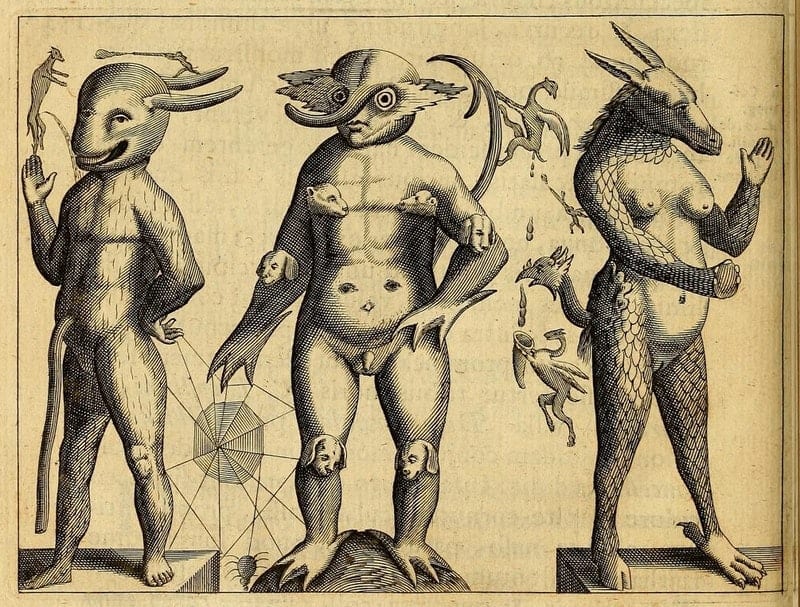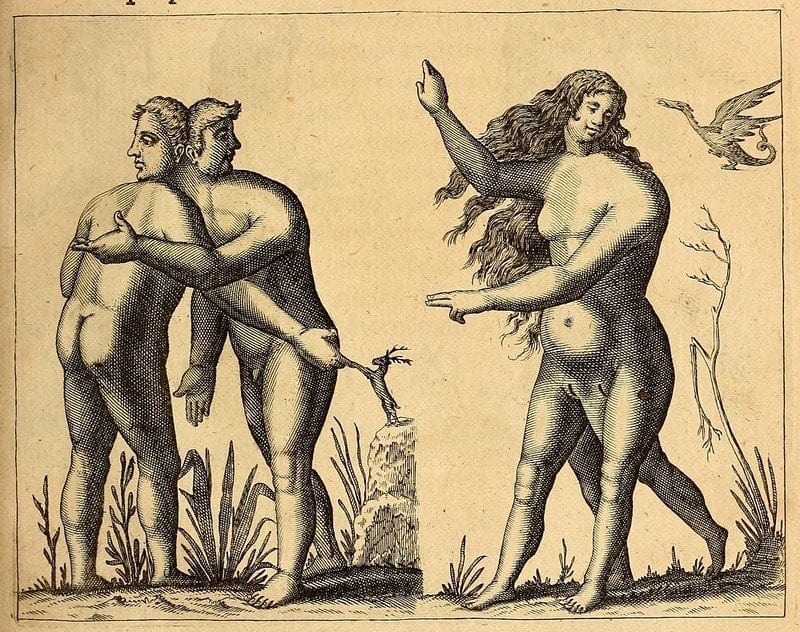Fortunio Liceti’s mother was seven months pregnant when on a sea voyage to Rapallo (on the coast of Liguria) she went into labor—supposedly because of the motions of the ship. It has been said that her baby was so small that it fit into the palm of one hand. The father, a physician, placed it into a primitive incubator with a thermometer and temperature control of the kind he had seen in Egypt to hatch chickens and put it in a furnace adapted to maintain a constant specified temperature. The baby was lucky to survive, hence its name Fortunio.1
Fortunio was a precocious, studious boy, exceptionally inquisitive and bright. His father taught him philosophy and medicine. At seventeen he entered the University of Bologna and in 1600 he received his doctorate in these subjects. He first taught logic in Pisa, rising to a professorship of Aristotelean philosophy by 1605. In 1609 he became a professor of philosophy at the University of Padua. Following several arguments with colleagues, he left to teach at Bologna in 1631 but returned to Padua in 1645 as professor of theoretical medicine, a post he held until his death in 1657. His range of learning was unusually wide, and he wrote more than seventy books, an estimated output of least one book a year.1,2
Liceti was one of the earliest students of teratology, the science of congenital malformations in animals and plants, their causes, development, description, and classification. His major work, De Monstrorum causis natura et differentiis, was published in Padua in 1616. It was an important treatise, reprinted there in 1634 and as late as 1936 in Paris. At the time subjects with congenital abnormalities were called “monsters,” and for his treatise Liceti collected all cases that had been published before him, offering a classification based on their gender, type of abnormality, and what he thought was the cause of the condition.
Among these causes he identified poor nutrition in utero; disorders of the placenta; space occupying lesions, tumors, and inflammatory processes of the uterus including hydatidiform moles; uterine narrowness or tightness; the adhesion of the amniotic fluid with the embryo; and twins. He also included parents’ dreams and imagination, as well as degeneration and abnormalities of the sperm. He described in his book a variety of birth defects, skeletal abnormalities, absent arms or feet, cleft lips, hermaphrodites, and conjoined twins, as well as fictitious monsters with combined human and animal features such as dog-humans and bird-humans hybrids, some with hands and the feet of a goose, faces like a leopard, cyclops with one eye, and newborns with two pupils, no eyelids, or four eyes. Mention is made that some of these changes were caused by supernatural entities, evil spirits, or even by copulation with demons. Yet in assigning anatomical causes to some malformations he was quite innovative, able to anticipate ideas and concepts that would be understood and analyzed only several centuries later.
Liceti based much of his work on Aristotle, who believed that the souls of animals and acts of imagination were material and could be transmitted by heredity from parents to an embryo.3 He held many of Aristotle’s opinions regarding the immortality of the soul, and even argued that Aristotle achieved eternal salvation in the afterlife. He also believed that life could be generated from decomposing plants or animals in which part of the soul had remained. In addition to his work on teratology, Liceti was interested in the long-term effects of fasting on survival, arguing that people could live a long time without food. He published works on astronomy; published two treatises on light and illumination; wrote three books on ancient gems, rings, and their hidden meanings; engaged in theological controversies; discussed the circulation of blood and commented on the major pancreatic duct of Wirsung (which had just been discovered in 1642 in Padua).
Liceti had a long-lasting friendship with Galileo Galilei. They were colleagues at the University of Padua for nearly a year and Galileo assisted him by loaning him some money. Later they corresponded several times about sunlight, the moon, reflections, and the atmosphere. Liceti also wrote a criticism of William Harvey’s account of the circulation of the blood, maintaining that his theory was false. He is believed to have had a significant influence on Sir Thomas Browne (who was a student in Padua and later wrote Religio Medici). He died in 1657 in Padua. He has a street named after him in Rapallo, a marble statue in Padua, and the crater Licetus on the moon.
References
- Bates AW. The De monstrorum of Fortunio Liceti: a landmark of descriptive teratology. Journal of Medical Biography 2001;9:49
- Vellone VG, Antonelli CT, Durante O, et al. Second International Meeting on the History of Pathology Padua-Italy, June 4-6, 2015
- Blank, A. Material souls and imagination in late Aristotelian embryology. Annals of Science 2010;67:No2
 |
 |
 |
 |
| Illustrations from Fortunius Licetus De monstris by Fortunio Liceti. Published 1665. Via Public Domain Review, source The Internet Archive. | |
GEORGE DUNEA, MD, Editor-in-Chief
Winter 2021 | Sections | Physicians of Note

Leave a Reply